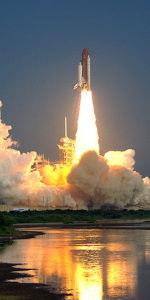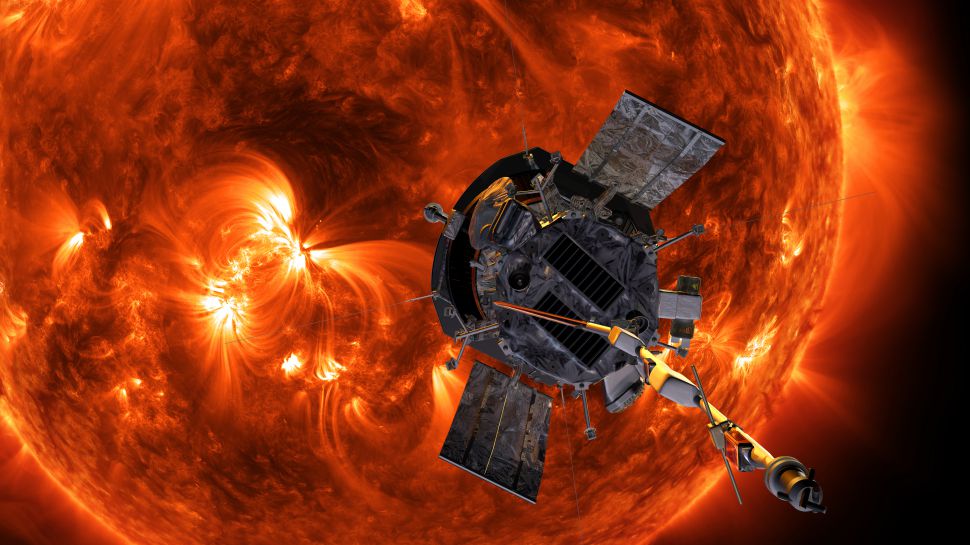
Today, August 12, is the first-year anniversary of the launch of NASA’s Parker Solar Probe (PSP), which is already revolutionizing our understanding of the nearest star, our Sun. PSP is conducting multiple close flybys, coming closer to the Sun’s surface than any other spacecraft before.
PSP has now completed the first two flybys of the Sun, and is preparing for its third. But even before that next encounter occurs, the spacecraft has sent back a ton of data about our home star.
Scientists and other mission team members got a pleasant surprise when the final data was sent back to Earth from the previous two flybys, on May 6, 2019: the total amount of data turned out to be 22 gigabytes. That’s 50% more than had been expected.
The data was received on Earth at Johns Hopkins Applied Physics Laboratory (APL), in Laurel, Maryland.
“We’re very happy,” said Nicky Fox, director of NASA’s Heliophysics Division at NASA Headquarters in Washington, D.C. “We’ve managed to bring down at least twice as much data as we originally suspected we’d get from those first two perihelion passes.”
The additional data is thanks to the telecommunications system on the spacecraft performing better than pre-launch estimates said it would. The mission team was able to maximize the data download after determining that the telecom system could effectively deliver more downlink opportunities.
“All of the expected science data collected through the first and second encounters is now on the ground,” said Nickalaus Pinkine, Parker Solar Probe mission operations manager at APL. “As we learned more about operating in this environment and these orbits, the team did a great job of increasing data downloads of the information gathered by the spacecraft’s amazing instruments.”
The mission team was able to send instructions to the probe to record and send back extra science data from the second flyby. This is an additional 25 gigabytes of data that is being downlinked between July 24 and Aug. 15, 2019.
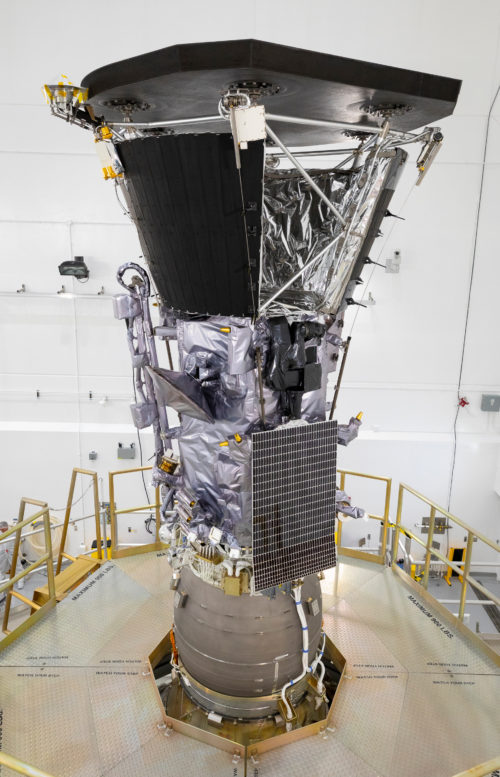
Of course, as with any mission, the more data the better.
“The data we’re seeing from Parker Solar Probe’s instruments is showing us details about solar structures and processes that we have never seen before,” said Nour Raouafi, Parker Solar Probe project scientist at the Johns Hopkins Applied Physics Laboratory, which built and operates the mission for NASA. “Flying close to the Sun — a very dangerous environment — is the only way to obtain this data, and the spacecraft is performing with flying colors.”
PSP made its second close flyby of the Sun on April 3, 2019. PSP passed through the outermost layers of the Sun’s atmosphere, the corona, at 213,000 mph, coming within 15 million miles of the Sun’s surface itself. Closest approach, called perihelion, occurred at 6:40 p.m. EDT.
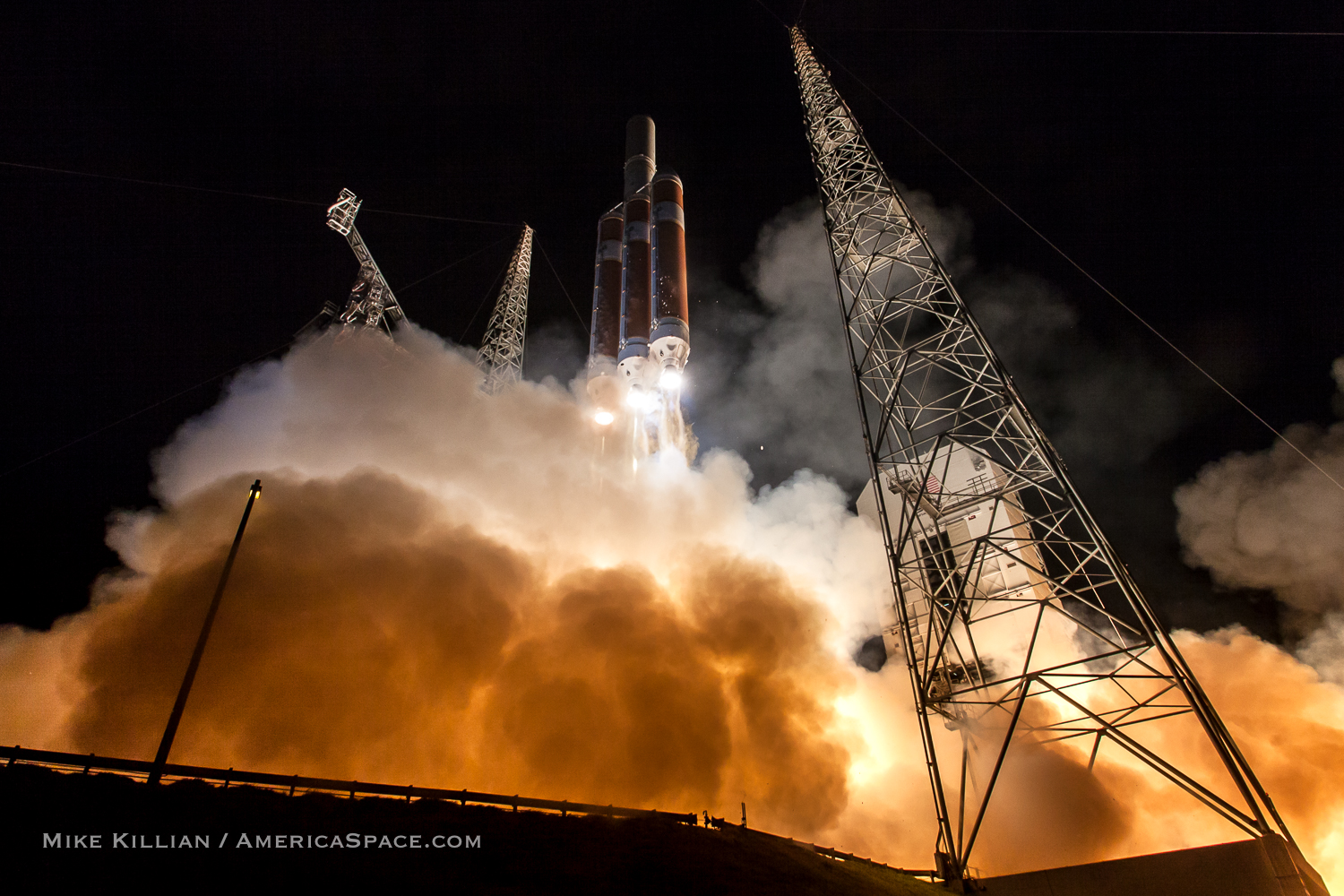
The first close flyby occurred on November 5, 2018.
PSP’s mission is to complete multiple close flybys of the Sun, to try to solve some long-standing solar mysteries such as how the solar wind accelerates particles, and why the Sun’s corona is so much hotter than its surface. The three main science objectives include:
- Trace the flow of energy that heats and accelerates the solar corona and solar wind.
- Determine the structure and dynamics of the plasma and magnetic fields at the sources of the solar wind.
- Explore mechanisms that accelerate and transport energetic particles.
It has already flown closer to the Sun than any other previous spacecraft, passing through the Sun’s outer atmosphere, the corona. The previous distance record was held by the Helios 2 probe, which passed about 27 million miles from the Sun, in 1976. Four different suites of scientific instruments take images and other data during the flybys.
PSP will perform 24 flybys of the Sun in total, each one a bit closer than the previous one. Its third solar encounter will begin on Aug. 27, 2019; the spacecraft’s third perihelion will occur on Sept. 1.
You can view the entire mission timeline here.
The data from the flybys will also be useful in helping to protect satellites and power grids on Earth, as well as future astronauts.
In 2025, at the end of the mission, PSP will pass only 3.83 million miles from the surface of the Sun, enduring extreme temperatures of nearly 2,500 degrees F.
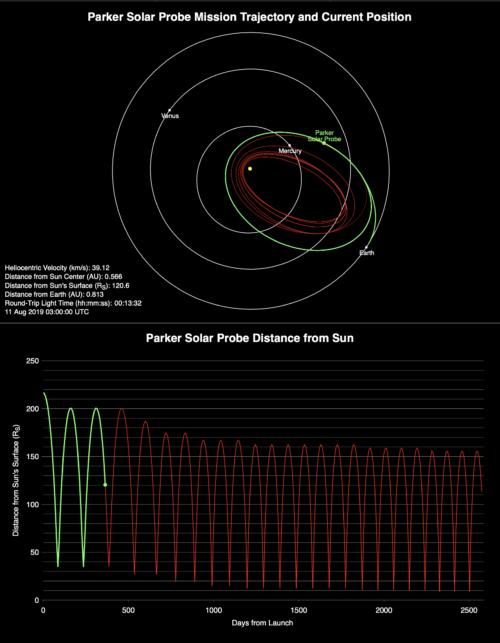
“It’s going to help us be able to predict solar flares,” NASA administrator Jim Bridenstine said last March at a congressional subcommittee in Washington, D.C. “It’s going to help us predict coronal mass ejections potentially that could be very damaging to astronauts in deep space as we return to the moon and eventually go on to Mars. So we need to be able to predict those to protect human life into the future.”
PSP was formerly known as Solar Probe Plus, but was renamed for solar scientist Eugene Parker in 2017. This is the first NASA mission that has been named for a still-living individual.
More information about Parker Solar Probe is available on the mission website.
.
.
FOLLOW AmericaSpace on Facebook and Twitter!
.
.
Missions » Parker Solar Probe »



